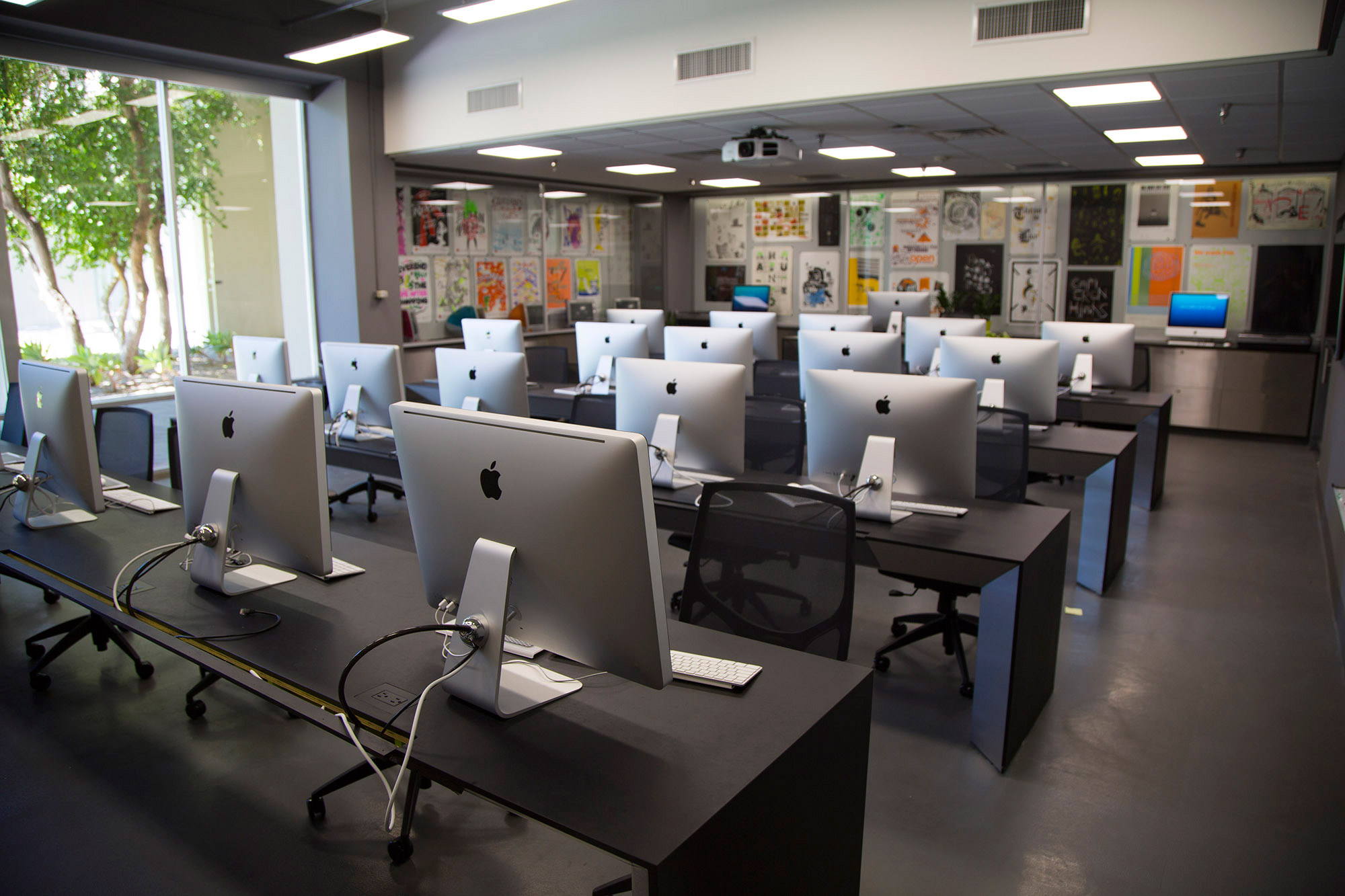Augmented Sculpture
A Workshop with Huntrezz Janos
Course Overview
Survey of 3D-scanning and augmented reality programs, tools, and methods to generate "real" objects that transcend the corporeal plane of existence. An foray into the metaverse with an Afrotranshumanist who lives there and the excavation of immaterial realms into material ones and vice versa. Participate in the rapidly expanding accessibility of the matrix and create using technologies of this newly nonanomalous reality fissure. No tech experience necessary.
This groundbreaking practicum course represented a homecoming of sorts—taught just four years after my own graduation from CalArts' Experimental Animation program, I was invited back by faculty members Gloria Galvez and Harry Dodge to develop and lead this intensive workshop. The course was designed to bridge the gap between traditional sculpture practices and emerging digital realities, offering students hands-on experience with cutting-edge technologies that were rapidly reshaping artistic expression.
Conducted primarily in and around the MacLab (Machine Lab), CalArts' interdisciplinary maker space, the workshop provided students with access to professional-grade 3D scanning equipment, VR/AR development tools, and digital fabrication technologies. The laboratory setting fostered an environment of experimentation and collaborative learning, where students could seamlessly move between digital modeling, physical prototyping, and augmented reality implementation.

Pedagogical Approach
The course embraced an Afrotranshumanist perspective, challenging traditional boundaries between the physical and digital realms while centering marginalized voices in technological discourse. Students explored how augmented reality could serve as a tool for liberation, storytelling, and the creation of new forms of presence and embodiment.
Through hands-on workshops, collaborative projects, and critical discussions, participants learned to navigate professional AR development pipelines while developing their own artistic voice within these emerging media. The curriculum emphasized accessibility and inclusivity, ensuring that students from all technical backgrounds could meaningfully participate in the rapidly evolving landscape of immersive technologies.
The workshop culminated in a series of augmented sculptures that existed simultaneously in physical and digital space, challenging conventional notions of materiality and presence. Students developed works that could only be fully experienced through AR interfaces, creating new forms of sculptural practice that anticipated the metaverse's growing cultural significance.
Learning Outcomes
Students gained proficiency in industry-standard 3D scanning technologies, AR development platforms, and digital fabrication workflows. More importantly, they developed critical frameworks for understanding how emerging technologies intersect with questions of identity, embodiment, and social justice.
The course emphasized both technical skill-building and conceptual development, preparing students to work as artists, designers, and cultural practitioners within rapidly evolving technological landscapes. Participants left with portfolios of augmented sculptures and the theoretical foundations necessary to continue innovating at the intersection of art and technology.
This practicum represented CalArts' commitment to remaining at the forefront of contemporary art education, providing students with access to emerging technologies while maintaining the institution's emphasis on critical thinking, experimental practice, and social engagement.